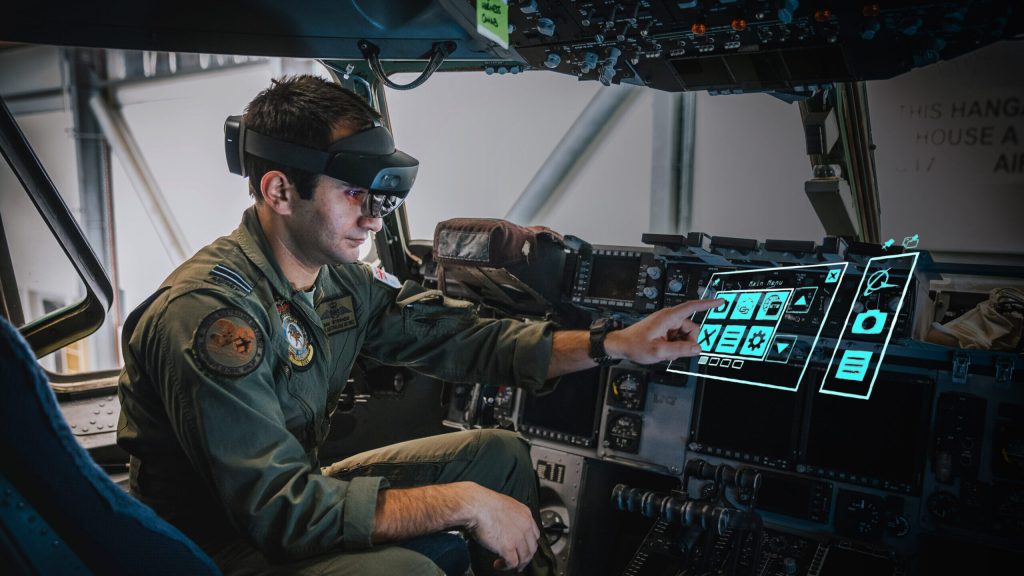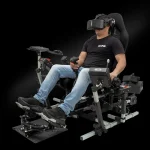Transforming Pilot Training with Augmented Reality
As aviation technology continues to evolve, so does the way pilots train. Augmented Reality (AR) is emerging as a powerful tool in at-home pilot training, offering a new level of immersion, interactivity, and realism. By overlaying digital instruments, aircraft systems, and flight paths into the real-world environment, AR bridges the gap between traditional training methods and high-tech simulation.
What Is AR in Pilot Training?
Unlike Virtual Reality (VR), which immerses users in a completely digital environment, Augmented Reality enhances the real world by projecting interactive 3D elements into your physical space. With AR, aspiring pilots can practice checklists, learn cockpit layouts, and simulate flight tasks—right from their living room.
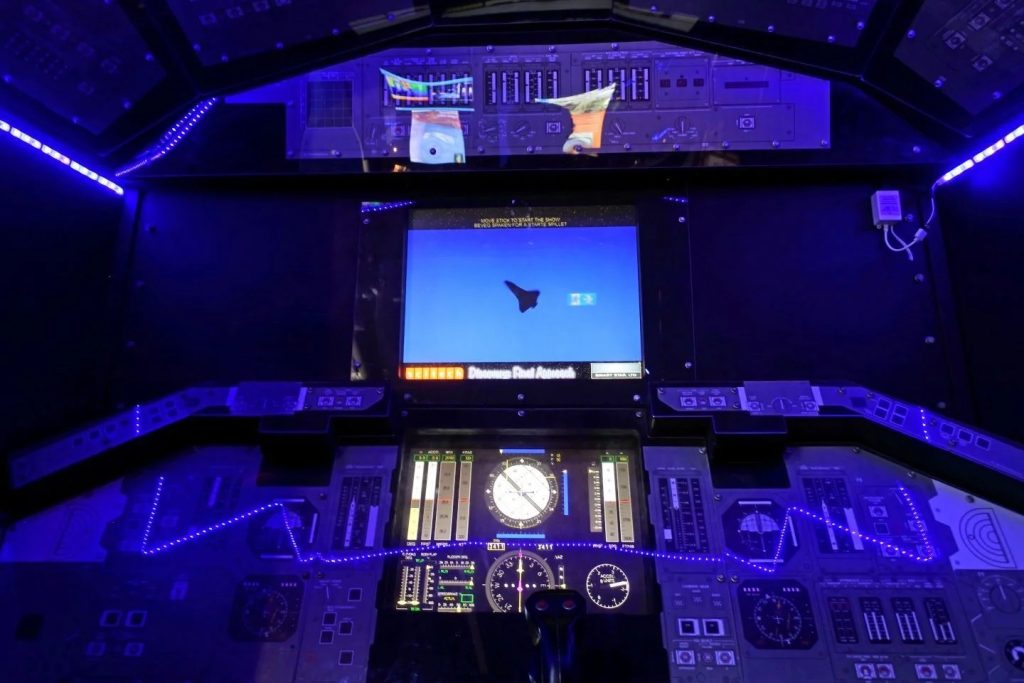
Key Benefits of AR for Home-Based Flight Training
1. Hands-On Learning
AR lets users interact with digital instruments and cockpit controls using hand gestures or devices, making learning more engaging and intuitive.
2. Cockpit Familiarization
Trainees can visualize and explore a full-scale cockpit without needing a physical simulator. AR models mimic real aircraft layouts for hands-on orientation.
3. Scenario-Based Practice
Simulate various in-flight scenarios such as engine failures, bad weather, or emergency procedures in your own environment.
4. Portable and Affordable
AR runs on devices like tablets, smartphones, or AR headsets—eliminating the need for costly, full-scale simulators.
5. Enhanced Memory Retention
Interactive, 3D visuals improve understanding and long-term memory retention compared to reading manuals or watching videos alone.
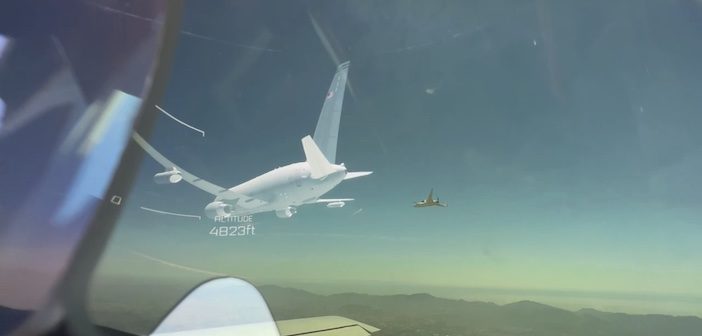
Tools and Platforms Bringing AR to Pilot Training
- Microsoft HoloLens – Industry-leading headset for AR aviation simulation
- EON Reality AR Aviation Modules – Training systems for aircraft systems and procedures
- PaleBlue AR Simulations – Modular training for aviation professionals
- AR-enabled Flight Apps – Tablet-based AR systems for learning navigation and instruments
Real-World Use Cases
- Private Pilot License (PPL) Prep – Use AR to reinforce ground school topics and cockpit procedures
- Flight Schools – Integrate AR for pre-simulator training to reduce learning curves
- Drone & RC Training – Practice flight path planning and control layouts using AR overlays
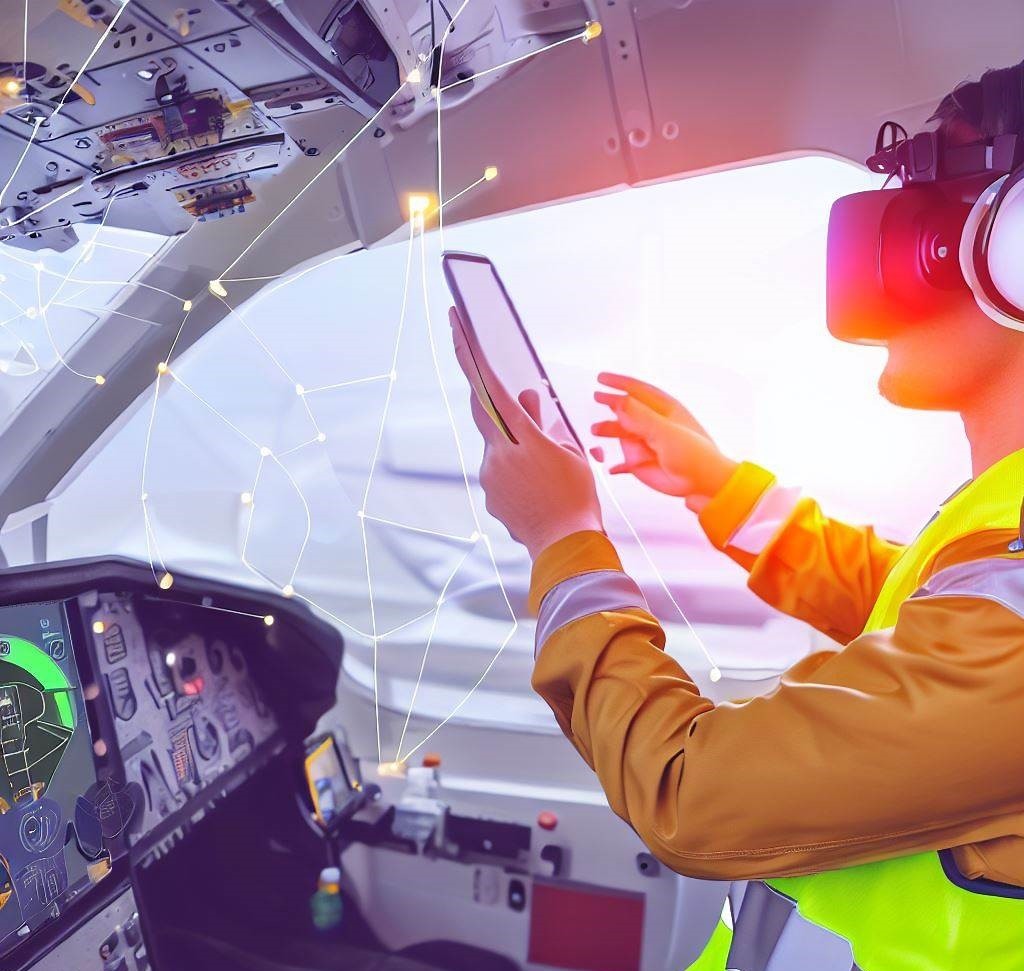
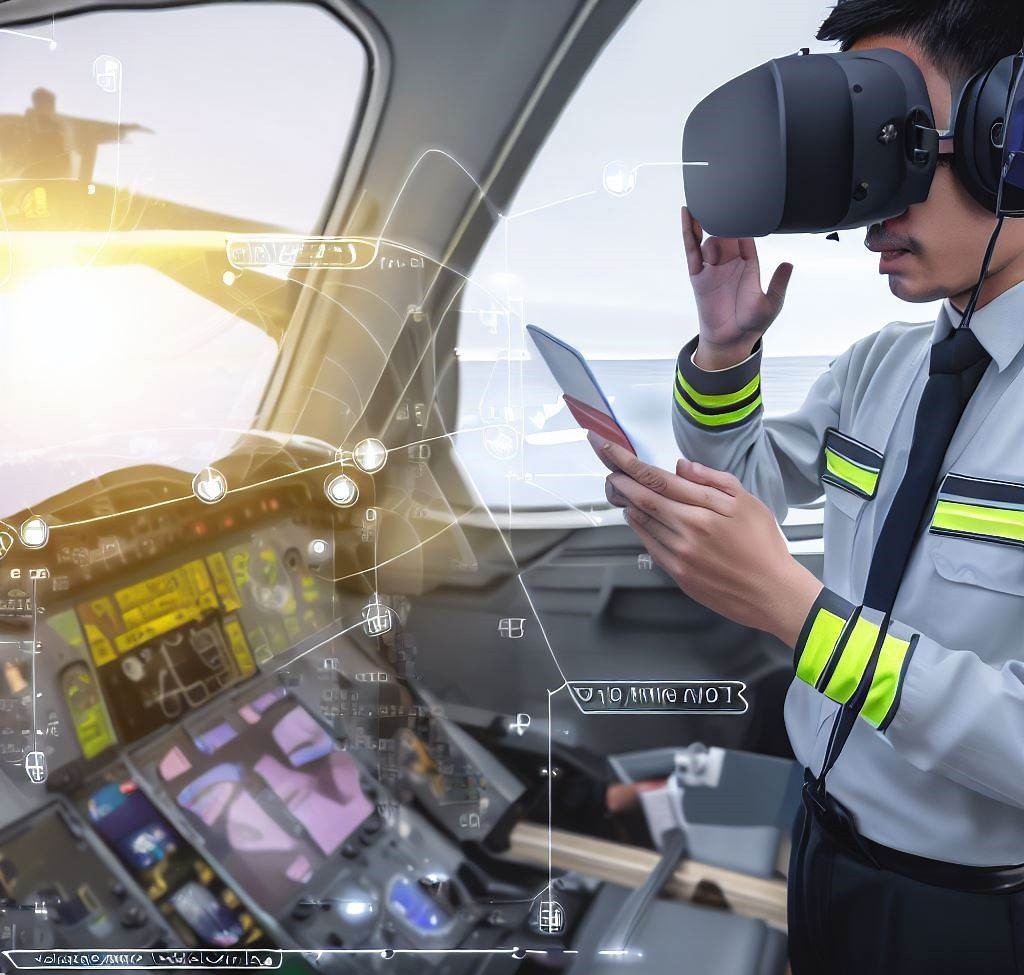
Future of AR in Aviation Training
As AR becomes more refined and accessible, its role in flight training will continue to expand. We’re likely to see increased adoption in both recreational and professional pilot education, where realism and mobility are essential.
Conclusion
Augmented Reality is reshaping the way pilots learn—making at-home training smarter, safer, and more immersive than ever. It’s not just the future of aviation education—it’s happening now.
